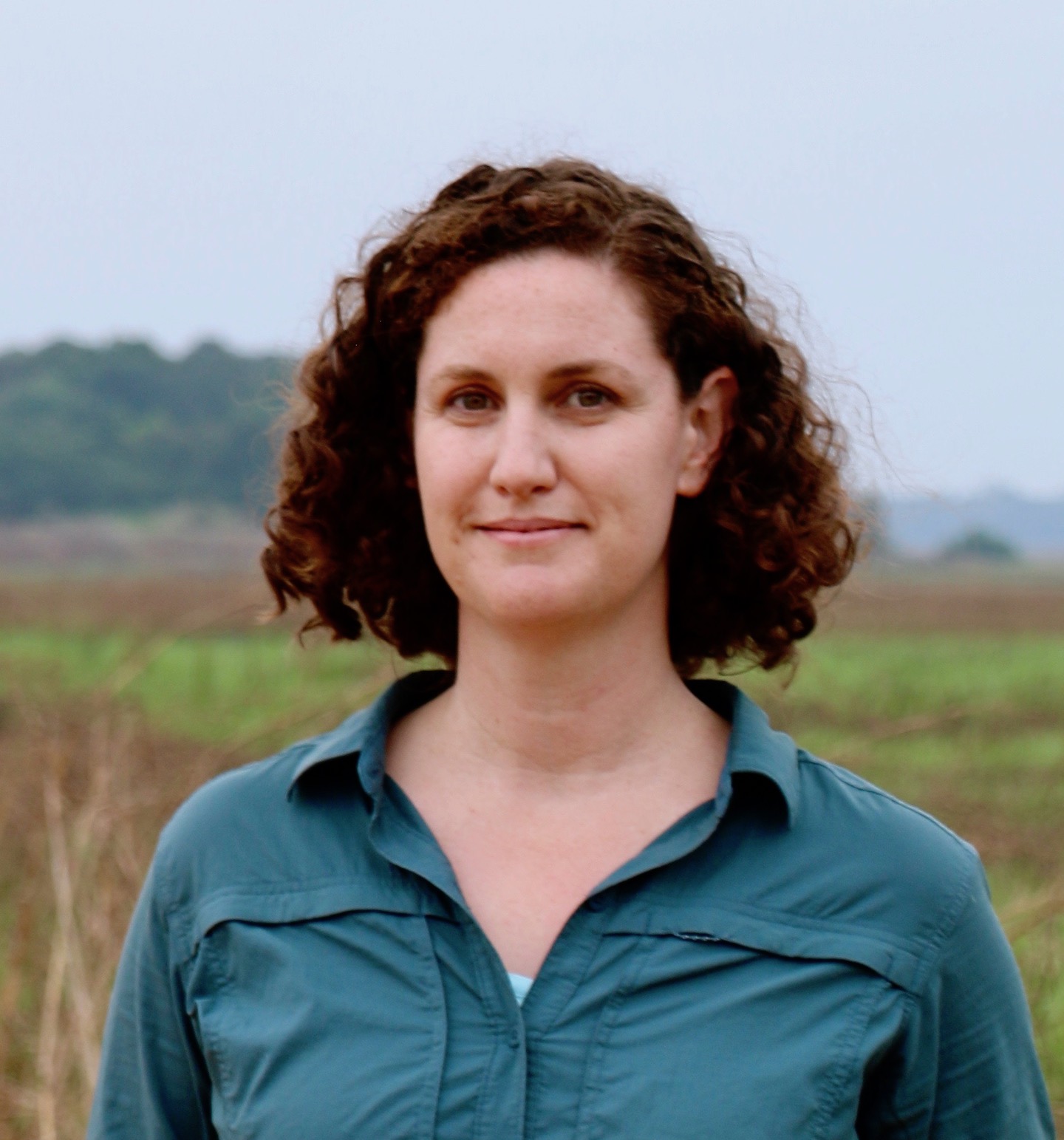Foraging is a type of reward-based decision-making implemented by evolved foragers seeking food in their natural environments. Because of its natural situation, understanding of the basis of foraging decisions can benefit greatly from detailed analyses of behavior in naturalistic contexts. Recent advances in camera technology, combined with machine learning techniques, allow for detailed tracking of pose (conjoint position of major body landmarks) in foraging animals, including humans. That tracking in turn allows for more detailed understanding of behavior. I will describe recent advances in animal tracking, along with examples of the changes that use of situating decision making in naturalistic contexts can have on estimates of foraging decision making. Finally, I will describe how these advances can be combined with novel neural recording technologies to advance our understanding of the roles of prefrontal brain regions in regulation of foraging behavior.

Why does flexible cognition evolve? While several prominent proposals argue that intelligent behavior evolves in response to complex social life, an alternative view focuses on the importance of dietary ecology. I will argue that a suite of cognitive skills, including decision-making and spatial memory, evolved in the context of foraging behaviors and vary with ecological complexity across primate species. Yet once these skills are in place they can also be generalized to a variety of new contexts, so I will then examine how these foraging abilities can be extended to solve new problems, like cooking food, making logical inferences, or cooperating with others. Finally, I will use this comparative data from other primates to consider the ecological context of human cognitive evolution.

Artwork drawn by Rory Beresford, and post-editing by Dennis Goldschmidt